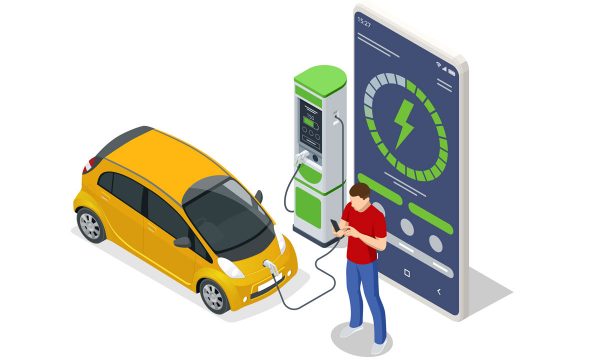
Though the direct-to-consumer model of Tesla’s retail operations does not include traditional dealerships and service/fixed operations departments, Tesla’s Global Aftersales Strategy will rely on selling intellectual property to independent contractors and traditional partnerships with third-party franchised dealers for vehicle repairs, finds Frost & Sullivan’s recent analysis.
The study was undertaken as an increasing number of Tesla vehicles are approaching the end of their manufacturer’s warranty coverage. The response from Tesla is to “ramp up its mobile service fleet as “the number of out-of-warranty Tesla vehicles increases worldwide, the service and aftersales segments will emerge as a positive gross margin contributor for Tesla.”
“Rapid improvements in Tesla’s over-the-air (OTA) update capabilities beyond infotainment and navigation system updates could create new subscription-based aftersales revenue streams for Tesla,” said Anuj Monga, Mobility Research Associate Director at Frost & Sullivan. “Electric vehicle (EV) manufacturers are well-poised to leverage data monetization opportunities by offering OTA update capabilities.”
Monga added: “Mobile service on customer premises comprises nearly 70% of repair and service jobs. This resulting low-cost structure enables Tesla to improve its mobile service segment’s bottom line, thereby driving gross service margins.”
According to Frost & Sullivan’s analysis, to tap into the growth opportunities of battery-electric vehicles’ (BEVs’) expanding after-sales and service market:
- Independent repairers with financial resources should collaborate with Tesla and other BEV original equipment manufacturers (OEMs) to offer aftersales service support.
- OEMs should offer additional services through OTA updates to customers willing to subscribe to these features for a fee or in-app purchase.
- Independent aftermarket repairers should move fast to form partnerships with manufacturers and offer mobile services to customers and fleets.










